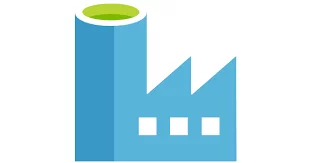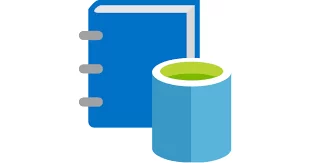


One of the first things we explain to our future customers, is what is available and what is possible with the Cortana Intelligence Suite. With following story I want to discuss each product and give a real-time usage example.
Cortana Intelligence Overview
So lets start with the Information Management products

Example: Move your data from a Storage Account straight into your Azure SQL Data Warehouse

Think about questions as: What data does my company have? Who is the owner of the data? How can I connect to it? Do I have access to it? What is the meaning of that column?
Data Catalog is a web portal where your organisation’s data sources are all brought together.
Example: As a data scientist, you want get access to a certain data sets. Then you can look up in the Data Catalog who the owner is and ask him to give you access.

Example: In a hospital we keep track of many vital parameters of the patients. Every second we receive the heart-rate, blood-pressure, and so on. By making use of all the historical data, we have trained a model that can predict if someone is getting a cardiac arrest in the next half hour. All of this is only possible with the real-time data we are receiving.
In Part 2 will discuss the Big Data Stores that are available in the Cortana Intelligence Suite.
© 2022 Kohera
Crafted by
© 2022 Kohera
Crafted by